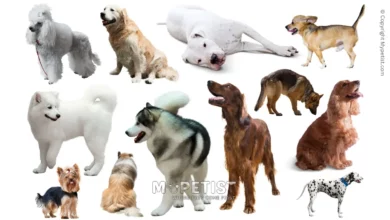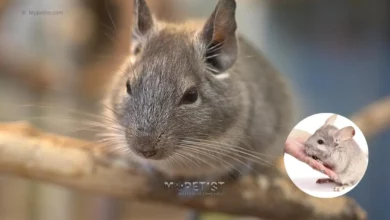The Ultimate Guide to Pet Nutrition: What to Feed Your Furry Friend
From kibble to raw: A comprehensive guide to pet nutrition
As pet owners, we all want what’s best for our furry friends. One of the most important aspects of caring for your pet’s overall health and wellbeing is proper nutrition. With so many different types of pet food available, it can be hard to know what’s right for your furry friend.
One option that has gained popularity in recent years is a raw diet. However, transitioning from kibble to raw food can be a daunting task. That’s why we’ve put together this comprehensive guide to help you understand the benefits of different types of pet food and make an informed decision about what to feed your pet.
From understanding the nutritional needs of your pet to exploring different types of raw food options, we’ve got you covered. So, let’s dive in and learn about how you can provide your pet with the best possible nutrition!
Overview of Pet Nutrition
Pets are an integral part of our lives and as pet owners, we want to give them the best care possible. One of the most important aspects of pet care is nutrition. A well-balanced diet is essential for keeping our pets healthy, energetic, and happy. But with so many options available, it can be overwhelming to decide what to feed our furry friends.
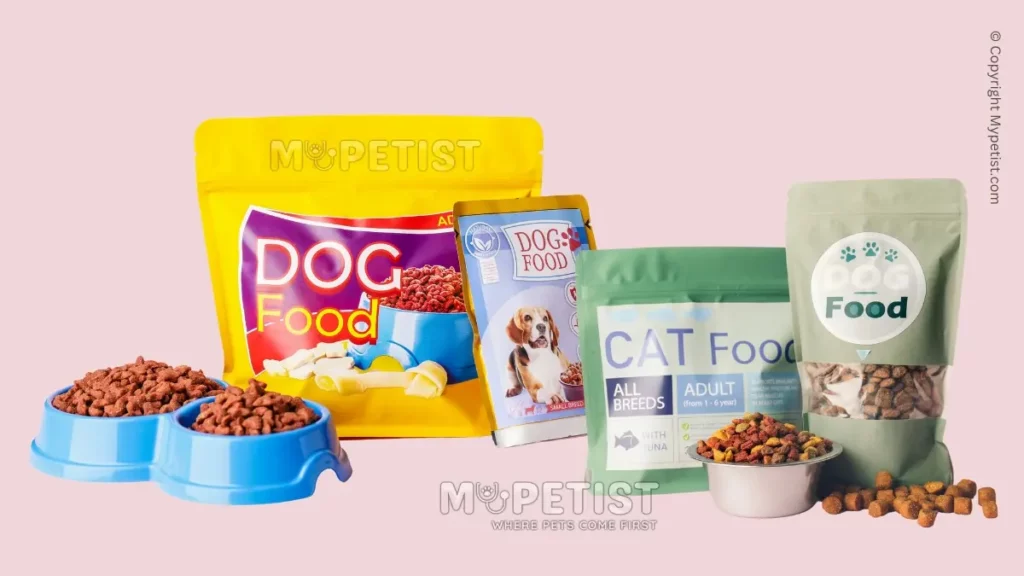
In recent years, there has been a growing trend towards feeding pets a raw food diet. This diet consists of uncooked meat, bones, and vegetables that mimic what pets would eat in the wild. Proponents of this diet claim that it can improve their pet’s overall health, increase energy levels, and even extend their lifespan.
However, there are still many pet owners who prefer to feed their pets commercial kibble or canned food. These options are convenient, affordable, and come in a variety of flavors and formulations.
In this comprehensive guide to pet nutrition, we will explore the various options available for feeding our pets, the benefits and drawbacks of each, and provide tips on how to make the best decision for your pet’s individual needs. Whether you’re a new pet owner or a seasoned pro, this guide will help you make informed decisions about your pet’s nutrition and wellbeing.
What is kibble and why is it popular?
Kibble is a type of dry pet food that is made by mixing several ingredients such as meat, grains, and vegetables. The mixture is then cooked at high temperatures to form small, bite-sized pieces that are easy to store and serve. Kibble has become a popular choice among pet owners due to its convenience, affordability, and long shelf life.
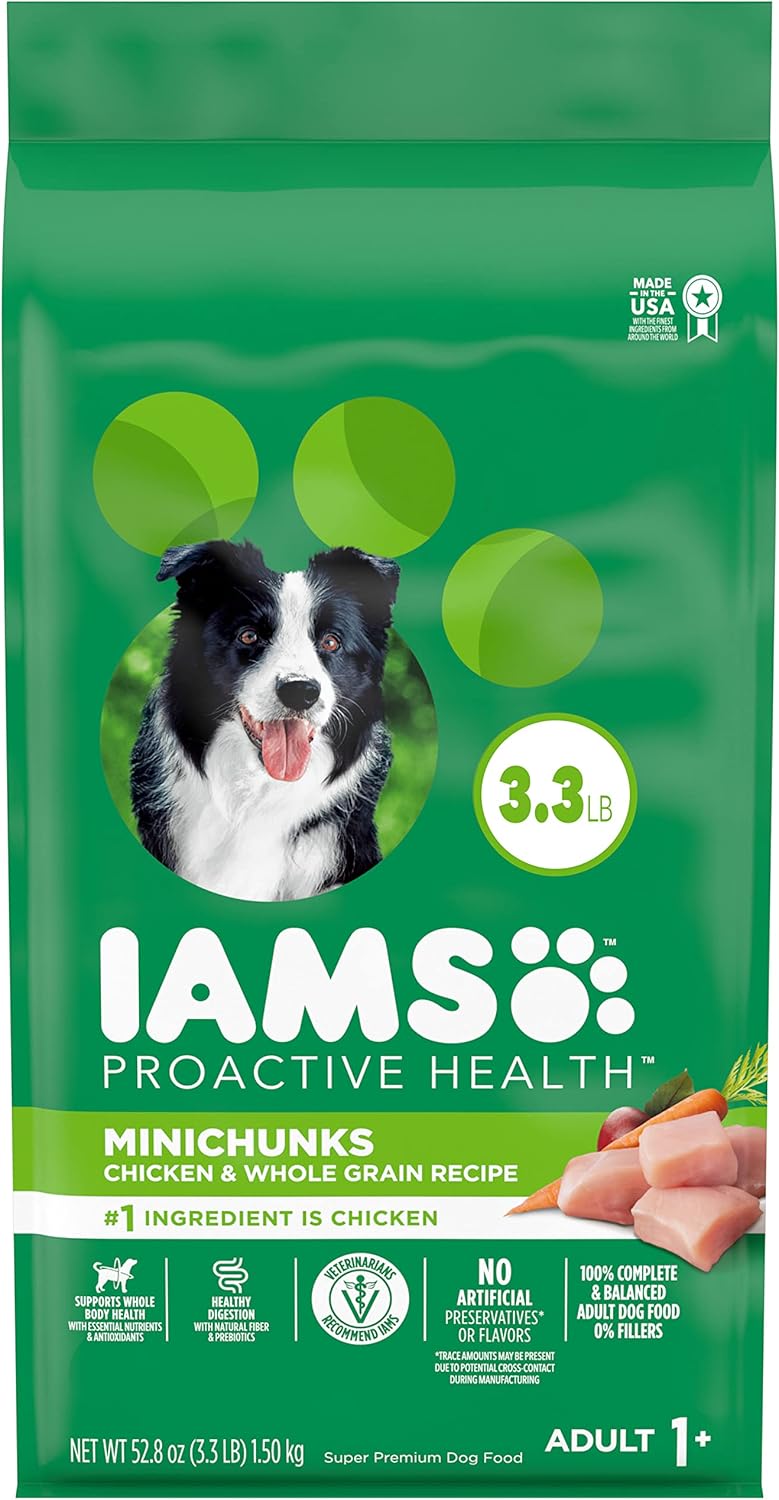
Additionally, kibble is easy to measure and can be left out for pets to eat at their own pace. It’s also available in a variety of flavors and formulations to meet the specific needs of different pets. However, some concerns have been raised regarding the quality of ingredients used in some kibble brands and the potential health implications of feeding pets a processed diet. While kibble is a convenient option, it’s important for pet owners to consider their pet’s overall health and nutrition needs before selecting a diet for them.
The drawbacks of kibble diets
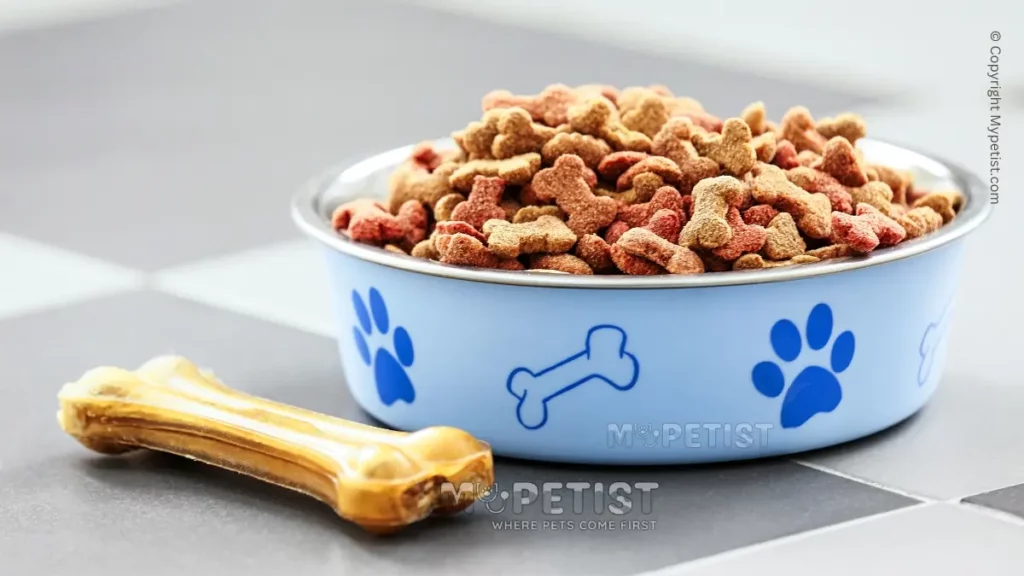
While kibble may seem like a convenient option for pet owners, it has its drawbacks. Kibble is a processed food that is high in carbohydrates, which can lead to obesity and other health problems in pets. Additionally, the high heat used in the manufacturing process can damage nutrients and reduce the bioavailability of essential vitamins and minerals. This means that even if the kibble contains a variety of nutrients, your pet may not be able to absorb or utilize them effectively.
Another issue with kibble is that it often contains fillers and additives, such as preservatives and artificial flavors, that may not be healthy for your pet. These ingredients can lead to digestive problems and allergic reactions, which can impact your pet’s overall health and wellbeing.

Furthermore, some kibble brands use low-quality ingredients, such as meat by-products and grains, which do not provide the same level of nutrition as whole foods. This means that your pet may not be getting the optimal balance of protein, fat, and other nutrients they need to thrive.
Overall, while kibble may be a convenient and affordable option for pet owners, it is important to be aware of its drawbacks and consider alternative diets that may be more nutritious for your pet.
What is a raw pet food diet?
A raw pet food diet is exactly what it sounds like – a diet that is made up of raw meats, bones, and organs, as well as some fruits and vegetables. This type of diet is thought to mimic what our pets would eat if they were living in the wild, before the advent of commercial pet food.
There are a few different types of raw pet food diets, including homemade, pre-made, and commercial raw food. Homemade diets require the owner to prepare the food themselves, while pre-made and commercial diets can be purchased ready-made.
One of the main benefits of a raw pet food diet is that it is thought to be more natural and healthier for pets than commercial pet food. Raw food is more nutrient-dense and contains fewer additives and preservatives than many commercial pet foods. This can lead to a variety of health benefits, including improved digestion, healthier skin and coat, and increased energy levels.

However, it’s important to note that a raw pet food diet is not without its risks. Raw meat can contain harmful bacteria like salmonella and E. coli, which can make both pets and humans sick. It’s important to handle raw pet food safely and to make sure that it is stored properly to minimize the risk of foodborne illness. Additionally, a raw pet food diet may not be appropriate for all pets, especially those with certain health conditions or dietary restrictions.
Overall, a raw pet food diet can be a great choice for pet owners who are looking for a more natural and nutrient-dense diet for their furry friends. However, it’s important to do your research and consult with a veterinarian before making any major changes to your pet’s diet.
The benefits of feeding your pet a raw food diet
Feeding your pet a raw food diet has become increasingly popular in recent years, and for good reason. One of the main benefits is that it can improve your pet’s overall health and wellbeing.
Raw food diets consist of fresh, unprocessed ingredients that provide essential nutrients for your pet. These diets typically include raw meat, bones, fruits, and vegetables. By feeding your pet a raw food diet, you are providing them with a natural and balanced diet that contains all the necessary vitamins and minerals they require to thrive.
Another benefit of feeding your pet a raw food diet is that it can help improve their digestion. Many commercial pet foods are filled with additives and preservatives that can be difficult for your pet to digest. A raw food diet is easier on their digestive system as it contains fewer processed ingredients.
In addition to this, feeding your pet a raw food diet can also improve their coat and skin health. The natural ingredients in a raw food diet provide essential fatty acids that help keep your pet’s coat shiny and healthy. Raw food diets can also help to reduce inflammation in your pet’s body, which can help to alleviate skin conditions and allergies.

Overall, feeding your pet a raw food diet is a great way to improve their health and wellbeing. However, it’s important to consult with your veterinarian before making any significant changes to your pet’s diet. They can help you determine if a raw food diet is right for your pet and provide guidance on how to properly transition them to this new diet.
The nutritional requirements of pets
Just like humans, pets require a balanced and complete diet to maintain good health. However, the nutritional requirements of pets vary depending on their age, breed, and activity level. For example, a senior dog may need fewer calories and more joint support than a young, active pup.
Protein is essential for pets as it helps build and repair tissues, regulate hormones, and support a healthy immune system. Fats are also important as they provide energy, help absorb vitamins, and keep the skin and coat healthy. Carbohydrates are a source of energy, but should be limited in a pet’s diet as they can cause weight gain and other health issues.
It’s important to note that cats are obligate carnivores, meaning they require a diet high in animal-based protein and cannot survive on a vegetarian or vegan diet. Dogs, on the other hand, are omnivores and can digest a wider range of foods, including fruits and vegetables.
When choosing pet food, it’s important to read the label and ensure it meets the nutritional requirements for your pet’s age, breed, and activity level. Some pet owners opt for homemade meals or a raw food diet, but it’s important to consult with a veterinarian to ensure the diet is balanced and complete.
Overall, understanding the nutritional requirements of pets is essential for providing them with a healthy and happy life.
The ingredients of healthy raw food diet
A healthy raw food diet for pets is composed of high-quality ingredients that provide all the essential nutrients for their well-being. These ingredients include fresh, raw meat, vegetables, and fruits.
Meat is the foundation of a raw food diet, and it should make up the majority of your pet’s diet. It is important to choose high-quality meat, such as grass-fed beef, free-range chicken, or wild-caught fish. These meats contain essential amino acids, vitamins, and minerals that your pet needs to thrive.
In addition to meat, vegetables are also an important part of a raw food diet. Vegetables provide essential vitamins and minerals that are not found in meat. Leafy greens such as spinach, kale, and parsley are excellent choices, as are carrots, broccoli, and sweet potatoes.
Fruits are also a great addition to a raw food diet. They provide natural sugars that give your pet energy and help maintain a healthy weight. Apples, bananas, and berries are excellent choices.
It is also important to include supplements in your pet’s raw food diet. These supplements can include probiotics, digestive enzymes, and omega-3 fatty acids. These supplements help support your pet’s immune system, digestive system, and overall health.
When it comes to a raw food diet for your pet, it is important to ensure that they are getting all the nutrients they need. By including high-quality meat, vegetables, fruits, and supplements, you can provide your pet with a healthy and balanced diet that will keep them happy and healthy for years to come.
How to transition your pet to a raw food diet
Transitioning your pet to a raw food diet can be a big change, but it is not impossible. It is important to remember that every pet is different, and their transition may take longer or shorter than others. Here are some tips to help make the transition smoother:
- Start slow: Start by mixing a small amount of raw food into your pet’s current diet. Gradually increase the proportion of raw food over time until your pet is eating a full raw food diet.
- Introduce variety: It’s important to introduce a variety of proteins, including poultry, beef, fish, and lamb. If your pet is having trouble adjusting to one type of protein, switch it up and try another variety.
- Monitor your pet’s health: Keep an eye on your pet’s health during the transition period. If you notice any changes in their behavior or health, consult with your veterinarian.
- Avoid giving them cooked bones: Keep in mind that cooked bones can splinter and cause harm to your pet. Always feed raw, meaty bones to your pet to ensure they are getting the proper nutrients.
- Be patient: Remember, the transition to a raw food diet may take time and require patience. Stick with it and you will see the health benefits for your pet in the long run.
By following these tips, you can ensure a smoother transition for your pet to a raw food diet. Always consult with your veterinarian before making any major changes to your pet’s diet.
Common concerns and misconceptions about raw pet food diets
Raw pet food diets have become increasingly popular among pet owners in recent years. However, some common concerns and misconceptions still exist around this feeding approach.
One common misconception is that raw pet food diets are unsafe and can lead to bacterial infections in both pets and their owners. This concern stems from the fact that raw meat can contain harmful bacteria like Salmonella and E. coli. However, this can be easily managed by handling the food properly and ensuring that it is sourced from reputable suppliers.
Another misconception is that raw pet food diets are nutritionally incomplete and can lead to deficiencies in essential nutrients. While it’s true that a poorly balanced raw diet can be detrimental to a pet’s health, a well-planned raw diet can actually provide all the necessary nutrients that a pet needs to thrive.
Some pet owners are also concerned that feeding raw will cause their pets to become aggressive or develop a taste for blood. However, there is no scientific evidence to support this claim.
It’s important to note that any major dietary changes should be made gradually and with the guidance of a veterinarian or animal nutritionist. With proper planning and preparation, a raw pet food diet can be a healthy and nutritious option for your furry friend.
Conclusion: Making the switch to raw pet food
In conclusion, switching from kibble to raw pet food can be a great decision for your pet’s health and overall well-being. Raw food can provide a range of benefits such as improved digestion, healthier skin and coat, and more energy.
However, it’s important to do your research and make the switch gradually to avoid any digestive issues. It’s also important to ensure that the raw food diet is balanced and meets your pet’s nutritional needs. Consulting with a veterinarian or pet nutritionist can be helpful in creating a balanced raw food diet plan for your pet.
Keep in mind that raw food may not be suitable for every pet. Some pets may have underlying health conditions that require a specific diet, or may not tolerate raw food well. It’s always best to consult with a veterinarian before making any major changes to your pet’s diet.
Overall, a raw food diet can provide great benefits for your pet’s health and well-being if done correctly. With proper research, planning, and consultation with a professional, making the switch to raw pet food can be a positive step towards a healthier and happier pet.
We hope you found our comprehensive guide to pet nutrition informative and helpful. Understanding pet nutrition and the different types of diets available can be overwhelming, but we have provided you with the information you need to make an informed decision that best suits your furry friend’s needs. Remember to always consult with your veterinarian before making any significant changes to your pet’s diet. We hope that you and your pet enjoy a healthy and happy life together!

